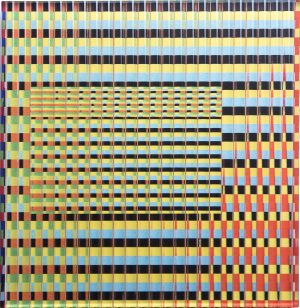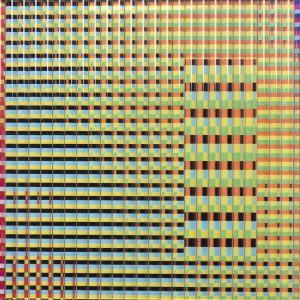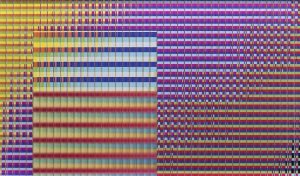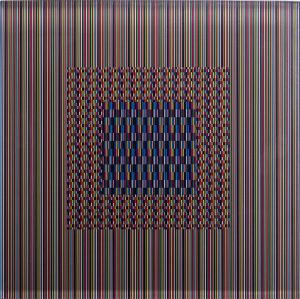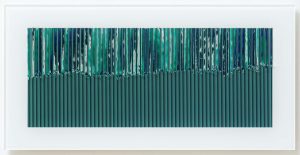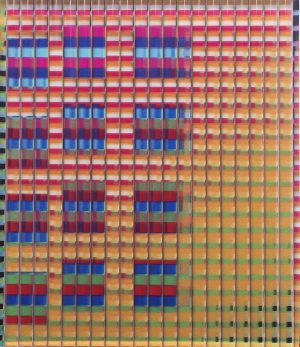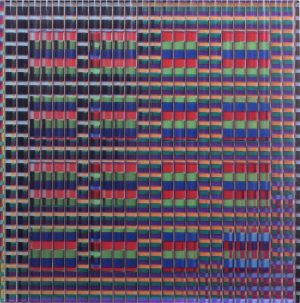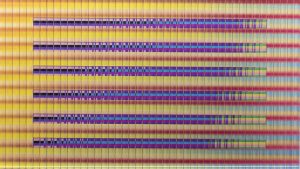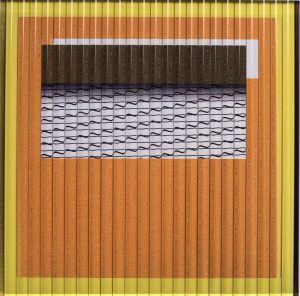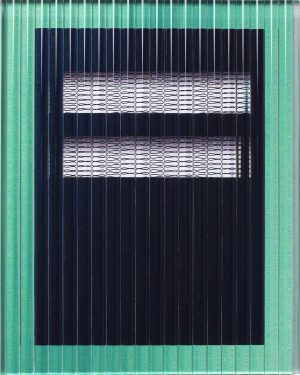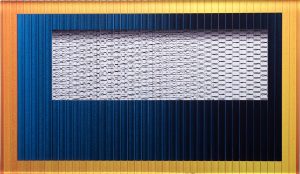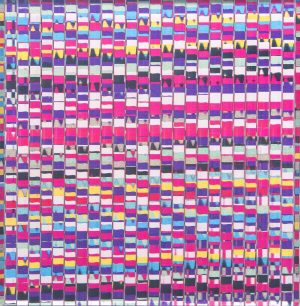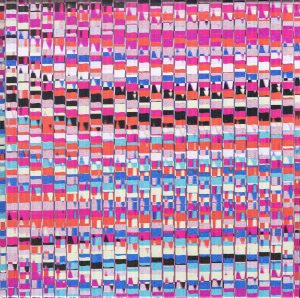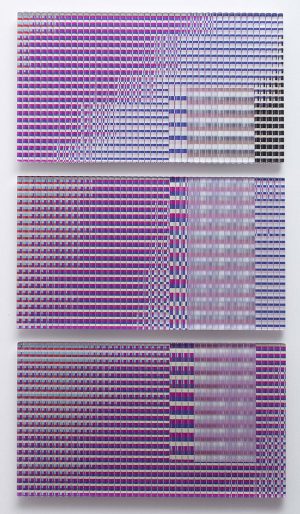
Zsuzsanna KÓRÓDI
Database
- Year(s)
- 2020
- Technique
- glued, hand polished glass, uv paint
- Size
- 3 pcs / 35x61 cm each
Artist's introduction
Zsuzsanna Kóródi's pictorial surfaces are closely related to the traditions of Op-art, Kinetic art, and in a broader sense, to Constructive-Concrete painting. Her works can be interpreted as images, objects and reliefs. They confuse the recipient not only because of this uncertainty in classification but also due to the alternation of contradictory (spatial) illusions. Maximum focus is needed to accommodate the real and virtual image spaces established by the rhythmic repetition of the fundamental geometric shapes, the dynamic tempo changes in the dramatic congestion and thinning of stripes and frequency-like lines. More and more constellations are elicited by the viewer's movements, making the spectacle continuously transform. Kóródi's works are also related to Op-art due to the image objects' industrial character: the works lack any form of individual gesture. The abstract character of the visual spectacle is reinterpreted through the use of highly associative titles. However, despite these associations, the images do not take on a narrative function but remain platforms where optical events occur. Instead of cognitive layers, Kóródi researches phenomena: her work thematises the interplay between visual impulses and the "responsive gaze". Kóródi often rethinks the design principles of her iridescent surfaces. Her works pose questions concerning the long-established dilemmas of art and illusion. In the wake of the legacy of significant predecessors, Kóródi provokes vision, combining the industrial character inherent in sterile forms with the singularity of flaring illusions and classical craftsmanship. Mónika Zsikla
More artworks in the artist's collection »

